The content of the article
Tulips are very beautiful and popular flowers that will not leave anyone indifferent. Their homeland is Central Asia. In nature, these unpretentious bulbous plants grow well in deserts and steppes, on mountain slopes, in climates with cold winters and dry summers. The cultivated varieties of tulips have a huge variety of colors and shapes: peony, lilian-colored, many-flowered, etc. In addition to external showiness, they have excellent quality - tulips can be grown at any time of the year in your apartment. It does not need to create a greenhouse conditions. It is enough to have a flower pot with soil and an onion.
What varieties of tulips are suitable for home cultivation
Varietal tulips are extraordinarily beautiful, but at the same time capricious and demanding of growing conditions. Therefore, for homemade forcing it is better to choose simple undersized varieties. These include the following:
- Greig's tulip. It has a beautiful goblet-shaped flower. A distinctive feature - wide leaves with a motley colored pattern. Bud color can be either monophonic or two-color. Petals have a pointed shape. Greig's tulip exudes a delicate delicate fragrance.
- Foster's Tulip. Laid the beginning of a hybrid Darwin. The length of the stem rarely exceeds 15 cm. It has bright shades, is resistant to viruses.
- Tulip Parade. It has a large goblet bud. The flower has a red tint with orange streaks, it remains unopened even in the sun. It multiplies well.
- Grades Crystal Beauty and Fringe Apeldorn are ideal if you want to please your family for the New Year. They are both terry and fringed. Flower shades are the most diverse: from red-orange to purple-violet.
- Christmas variety Christmas Marvel can be grown not only in the room, but also on the balcony.It has a goblet shape and a very beautiful crimson hue with a white border.
- Variety Lustig Battle. It is shaped like a bowl, the color is bright red with a white border. It reproduces very well and is ideal for winter forcing.
- The Dutch variety Scorboro will flourish exactly by March 8, if it is planted in late September - early October. The flower is large, bright orange with a yellow edging-corner.
- Variety Apeldoorn Elite is widely disclosed, like a poppy. It has a spectacular orange color with a yellow border on the edge of the petal. Blooming to the International Women's Day.
How does a tulip bulb
The tulip bulb is actually a modified shoot. In the center of the bulb is a peduncle in its infancy, above it is protected by scales, which form the bulb. Tulips are self-renewable plants. Despite the fact that after flowering it dies off, the embryos of daughter flowers begin to develop in the bulb. If the faded stem is picked in time, all the nutrients go into the bulb. She digs out, "kids" are separated from the maternal fetus, which dies off.Thus, from one bulb 3-4 new flowers will turn out.
The life cycle of a tulip depends on the natural conditions, therefore it is quite realistic to create an artificial microclimate suitable for the growth and flowering of tulips. Knowing the features of growing and caring for these beautiful flowers, you can create a botanical garden at home, even in the middle of winter.
Growing tulips for the New Year
Whatever gift for the New Year would be made, a bouquet of fresh flowers in any case will bring not a fake joy. Especially if a bouquet of tight strong flowers will stand in a pot with earth for one and a half to two weeks. Take care of this should be in the fall. How to prepare for the distillation? To plant the bulbs to get New Year flowers should be in October, following certain recommendations.
- First you need to prepare the ground. It must be wet. Sold ready soil for bulbous plants, but it is better to make the substrate yourself. Mix half a liter of river sand with the same amount of humus. There also mix a liter of turf with ash. Such a composition of the substrate is necessary for retaining moisture in it, because the bulb does not need nutrients from the soil, they are already accumulated in it.
- At the bottom of the pot or box, fill the drain (expanded clay) and 2/3 sprinkle the soil.
- Lay onions rather tightly, but so that they do not touch each other.
- Pour the bulbs completely, so that the tops are not exposed.
- Put the pot in a cold place, for example, on a glazed balcony or on the bottom shelf of a refrigerator (if it is a small pot). The temperature there should not drop to 5 ° C. Do not cover the ground above, watch for the maintenance of the moisture level.
- 2 weeks before the celebration, place a box of bulbs in the room. During this time, they take root. Do not put the box on the sunny windowsill, it is better to put it on the floor when the window faces south. If this is not possible, cover the sprouted bulbs with paper caps.
- A week before the scheduled event, place the box on a well-lit window sill. If there is little light, use fitolamps so that the light day for flowers is 10-12 hours.
- Water the flowers every day with warm water at room temperature (preferably with melted snow) and feed with calcium nitrate.
Growing tulips to March 8
Tulips are a traditional International Women's Day gift that symbolizes femininity and the onset of spring. Flower shops on the eve of the holiday earn half of the annual revenue. So why not please yourself or your loved ones with flowers grown at home? The material for the forcing of spring tulips practically does not differ from the preparation for the cultivation of winter flowers. However, the planting of the bulbs should take place in January, taking into account the fact that it will take 8 weeks for rooting.
- Soil is prepared in the same way as for the "winter" bulbs (a mixture of sand, turf and humus).
- In the spring, microbes and bacteria show their activity. Previously for disinfection the bulbs are placed in a solution of potassium permanganate for half an hour.
- The flower box is filled with a layer of drainage and 1/3 lay out the soil. On it spread onions, compacting the soil. Make watering. From above again spread the soil, completely covering the bulbs.
- Place the box on the balcony for 8 weeks for rooting. Watering is done weekly.
- At emergence of shoots the box is transferred to the room and put on well lit window sill.So that the stems are not stretched, shoots are accustomed to the light gradually, closing the window with paper.
- Tulips are fed with fertilizer for indoor plants.
How to grow tulips without soil
Tulips grown without soil look simply luxurious and in their characteristics are in no way inferior to plants thrown out in the ground.
- Prepare a transparent glass vase, pebbles and purified water.
- Wrap the bulb with paper and place it on the bottom shelf of the refrigerator for 2 weeks.
- Put pebbles on the bottom and pour water on 1/3 of the vase.
- Place the bulb so that the water touches only the roots. The bulb itself should not touch the water.
- Put a handful of stones on top of it.
- Put the vase on the balcony for a month.
- Then transfer to the room, and in 2-3 weeks you will receive a flower in a bud.
What to feed the tulips for better growth and lush flowering
Bulb flowers grow regardless of the season (even in winter in bitter frost) just because all the important processes take place inside the bulb. Therefore, it is important to feed the plant not only during flowering, but also the bulb itself before planting in the ground.
- Heteroauxin is a potassium salt with a phytohormone of the auxin family that promotes the growth of the plant itself and its root system. It is made in the form of tablets. Can be used for the reproduction of adult onions. Dissolving 1 tablet of heteroauxin in a liter of water, put an undivided onion with “babies” in the solution for 15-24 hours. This procedure will cause active root growth, while untreated bulbs produce 2-3 roots. The more roots and the thicker they are, the more chances the children have to survive. Also, the bulbs are kept in a solution of the drug before planting for better rooting.
- Liquid drug Narcissus increases the resistance of tulips to diseases and microorganisms, tightens small wounds on the bulb, destroys the spores of pathogenic fungi. The drug of natural origin, the main active component of chitosan is an extract from the shell of crustaceans. Absorbs radionuclides, pesticides, heavy metal salts, stimulating the production of immunity and protective enzymes. The use of the drug accelerates the germination rate for a week. Plant nutrition is made with a solution of ½ Narcissus cap per liter of water by watering at the root every 2 weeks.It is also recommended to sprinkle an already adult plant from a sprayer with the same frequency.
- The natural growth regulator Zircon is made from an extract of Echinacea purpurea, known for its immunostimulating properties. The drug will help tulip bulbs to adapt to new conditions (before moving bulbs from the balcony into the room), will have an antioxidant effect. If it’s impossible to create an optimal microclimate for tulips (humid air and soil, indirect sunlight, a lot of light), then Zircon will save the plant from possible diseases. Blooming thanks to Zircon will not suffer, the buds will form large, tight. One capsule of the drug is dissolved in 5 liters of water for root feeding.
- Liquid preparation Mr.Color Universal is suitable for feeding all indoor plants, including bulbs. Contains macronutrients (nitrogen, potassium, phosphorus), microelements (magnesium, zinc, manganese, copper), phytohormones, minerals and amino acids. Promotes excellent flowering, rapid growth and healthy tulip appearance. 1 cap of the drug is dissolved in a liter of water for root feeding.Contributes to the formation of a large stem, large bud volume and bright color of the flower. Feeding is carried out every 2 weeks. The solution is suitable for all domestic plants.
Tulips are comfortable because they are unpretentious and can be grown for almost a year. It is not recommended to choose exotic varieties for home distillation (parrot, peony or lilianvetvye varieties), because they are capricious and demanding to the microclimate. A short, strong stalk will look much better than a long and thin one. It should be noted that the color of a home-grown tulip will not be as bright as that of a flower grown in the garden. However, with proper care and in your apartment, you can admire unusually beautiful flowers for 2 weeks and inhale their scent, even when there is a severe frost and snow drifts outside the window.
Video: planting tulip bulbs in forcing boxes


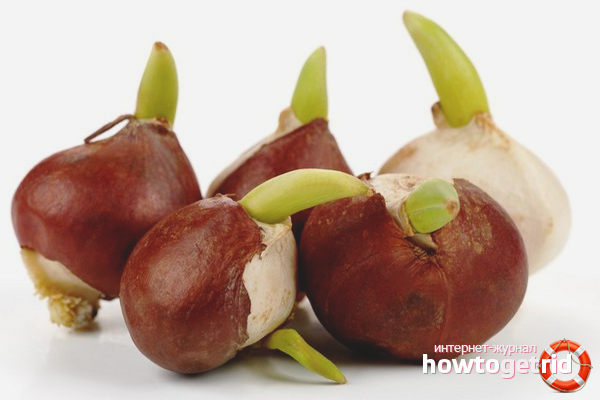
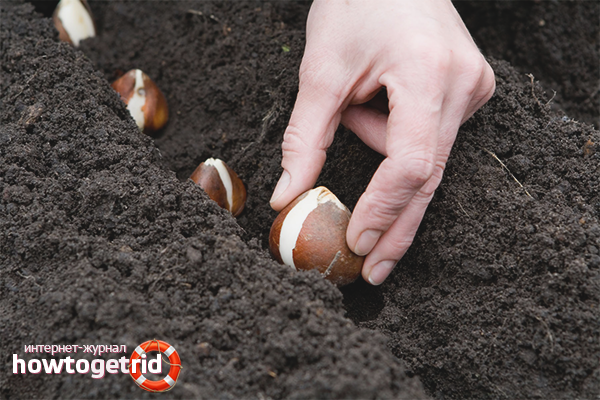


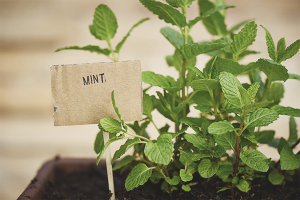
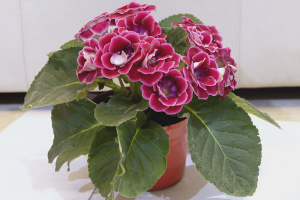
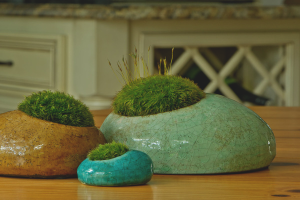
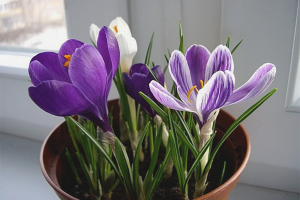
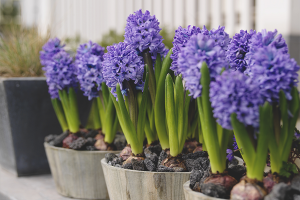
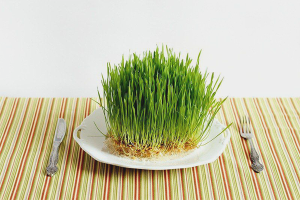
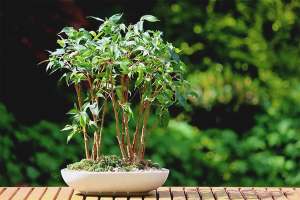
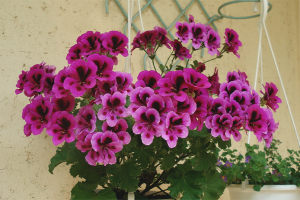
To send